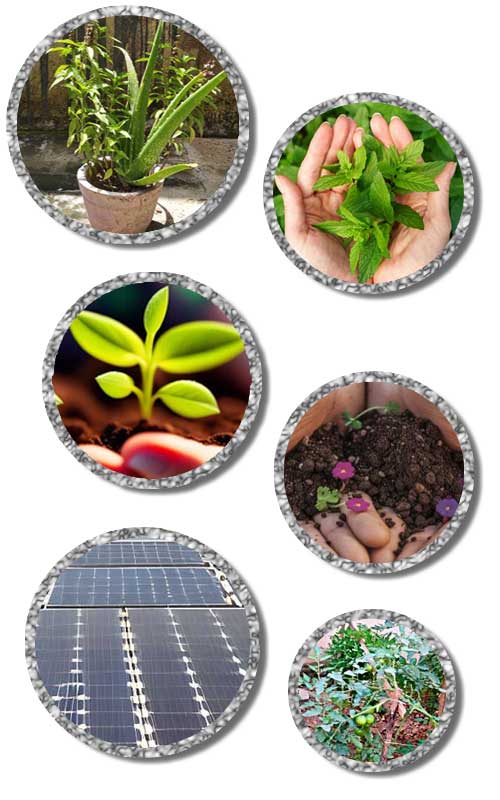Introduction:
In a world increasingly focused on sustainability and self-sufficiency, the concept of kitchen gardening has gained significant traction. Growing your own fresh herbs, vegetables, and fruits right in your kitchen or backyard not only promotes a greener lifestyle but also provides a rewarding experience that reconnects you with the natural world. Whether you have a spacious garden or just a small balcony, starting a kitchen garden is a fulfilling endeavor that can lead to a bountiful harvest and a healthier plate. In this guide, we will walk you through the steps to create a healthy kitchen garden, from planning and preparation to nurturing and reaping the rewards.
1. Choose Your Garden Location
Before you start digging, assess your available space. Whether it’s a sunny windowsill, a balcony, or a patch of your backyard, selecting the right location is crucial for the success of your kitchen garden. Most edible plants require at least six hours of direct sunlight per day, so opt for a spot with ample sunlight.
2. Decide What to Grow
Consider the crops you want to cultivate based on your climate, space, and personal preferences. Begin with a few easy-to-grow varieties such as herbs (like basil, mint, and parsley), salad greens (lettuce, spinach, arugula), and compact vegetables (tomatoes, peppers, and radishes).
3. Prepare the Soil
Good soil is the foundation of a healthy garden. Test your soil’s pH and nutrient levels and make amendments as needed. Mix in compost or well-rotted manure to improve soil structure and fertility. Ensure proper drainage to prevent waterlogging.
4. Choose Containers or Raised Beds
If you’re limited on space, containers or raised beds are excellent alternatives to traditional garden beds. Choose containers with drainage holes and appropriate sizes for each plant’s root system. Raised beds provide better control over soil quality and water drainage.
5. Source Quality Seeds or Seedlings
Select high-quality seeds from reputable suppliers or consider starting with seedlings from a local nursery. Seedlings offer a head start and are particularly beneficial for beginners.
6. Planting and Spacing
Follow planting guidelines on seed packets or labels for optimal spacing and depth. Consider companion planting to maximize space and enhance plant health. Group plants that have mutually beneficial relationships to deter pests or improve soil conditions.
7. Watering
Provide consistent and appropriate water to your plants. Overwatering can lead to root rot, while underwatering can stunt growth. Use a soaker hose, watering can, or drip irrigation system for efficient water delivery.
8. Fertilizing
Use organic fertilizers or homemade compost to nourish your plants throughout the growing season. Follow recommended application rates to avoid over-fertilization.
9. Pest and Disease Management
Keep a close eye on your plants for signs of pests or diseases. Introduce natural predators like ladybugs and encourage biodiversity to maintain a healthy ecosystem in your garden.
10. Harvesting and Enjoying
Harvest your crops at the right time to enjoy the freshest flavors. Different plants have different harvesting methods, so familiarize yourself with each crop’s specific needs. Use your homegrown produce to create delicious meals that highlight the beauty of your kitchen garden.
Conclusion
Embarking on a kitchen gardening journey is a fulfilling and educational experience that connects you with nature’s rhythms and the food you consume. From choosing the right location to nurturing your plants and reaping the rewards, a well-tended kitchen garden can provide an array of fresh, organic produce right at your fingertips. As you embark on this green adventure, remember that patience, observation, and a willingness to learn are key to a successful and healthy kitchen garden. Happy gardening!








